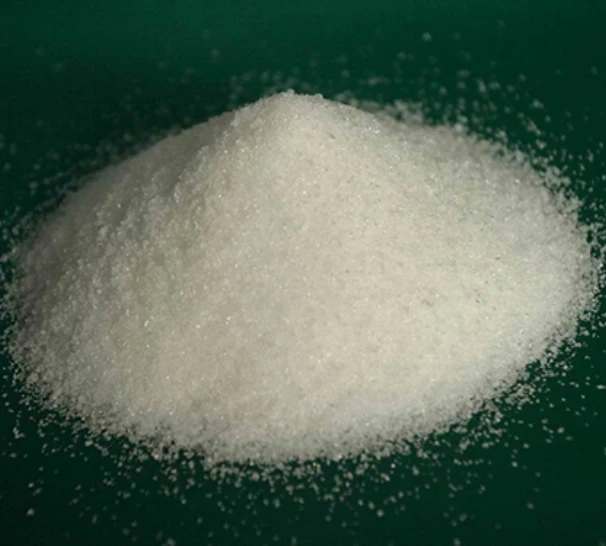polyacrylamide in water
Polyacrylamide in Water An Overview of Its Properties and Applications
Polyacrylamide (PAM) is a synthetic polymer that has garnered significant attention due to its versatile properties and various applications in different fields. As a water-soluble polymer, polyacrylamide can be described as a white powder that can form a viscous solution when dissolved in water. Its unique chemical structure and properties allow it to serve as a crucial material in fields ranging from agriculture and wastewater treatment to food processing and oil recovery.
Chemical Composition and Properties
Polyacrylamide is comprised of repeating units of acrylamide, a monomer that is produced through the polymerization of acrylonitrile. The resulting polymer can vary in molecular weight, which directly affects its physical properties and reactivity. PAM can be modified to create different forms, including anionic, cationic, and non-ionic varieties, each suited for specific applications.
When dissolved in water, polyacrylamide exhibits unique rheological properties, including thickening and gelling capabilities. Its high viscosity in low concentrations makes it an excellent agent for improving the flow characteristics of various solutions. Additionally, polyacrylamide is stable over a wide range of pH levels and temperatures, which makes it suitable for use in diverse environmental conditions.
Applications in Agriculture
One of the prominent applications of polyacrylamide is in agriculture, where it is used primarily to improve soil structure and water retention. When applied to soil, PAM can help decrease erosion, enhance water infiltration, and reduce the loss of nutrients. This is particularly beneficial in arid and semi-arid regions, where water scarcity poses a significant challenge to agriculture. Furthermore, the use of polyacrylamide in irrigation systems can help optimize water usage, leading to better crop yields and conserving water resources.
Wastewater Treatment
polyacrylamide in water

Polyacrylamide is extensively used in wastewater treatment processes. Its ability to flocculate, or clump together particles in suspension, makes it invaluable in clarifying water. When PAM is added to wastewater, it interacts with suspended solids, forming larger aggregates that can be easily removed from the water via sedimentation or filtration. This leads to cleaner effluents, which are crucial for meeting environmental regulatory standards. Additionally, the use of PAM can enhance the dewatering process of sewage sludge, reducing the volume of waste that requires disposal.
Oil Recovery
In the oil and gas industry, polyacrylamide is employed as a polymer flooding agent to enhance oil recovery from reservoirs. The polymer helps to reduce the viscosity of water that is injected into the wells, improving its mobility and allowing it to displace oil more efficiently. This method not only increases the yield of oil but also minimizes the environmental impact of extraction processes. The use of PAM in enhanced oil recovery (EOR) techniques has proven to be economically beneficial, making it a preferred choice for many companies in the industry.
Food Industry
Polyacrylamide's properties find applications in the food industry, where it is used as a thickening and stabilizing agent in various products. It can improve the texture of food items, enhance the stability of emulsions, and act as an anti-caking agent. However, its usage in food products is subject to stringent regulatory controls due to concerns over potential toxicological effects of acrylamide, a monomer associated with health risks.
Conclusion
Polyacrylamide is a versatile polymer with a wide range of applications across various industries, particularly in agriculture, wastewater treatment, oil recovery, and the food sector. Its unique ability to dissolve in water and modify viscosity makes it a valuable tool in many processes. As research continues, the potential for new applications and improved formulations of polyacrylamide will likely expand, further enhancing its role in addressing environmental challenges and boosting industrial efficiencies. As with any chemical agent, careful consideration of its environmental and health implications is essential for sustainable and responsible use.
-
Water Treatment with Flocculant Water TreatmentNewsJun.12,2025
-
Polymaleic AnhydrideNewsJun.12,2025
-
Polyaspartic AcidNewsJun.12,2025
-
Enhance Industrial Processes with IsothiazolinonesNewsJun.12,2025
-
Enhance Industrial Processes with PBTCA SolutionsNewsJun.12,2025
-
Dodecyldimethylbenzylammonium Chloride SolutionsNewsJun.12,2025





